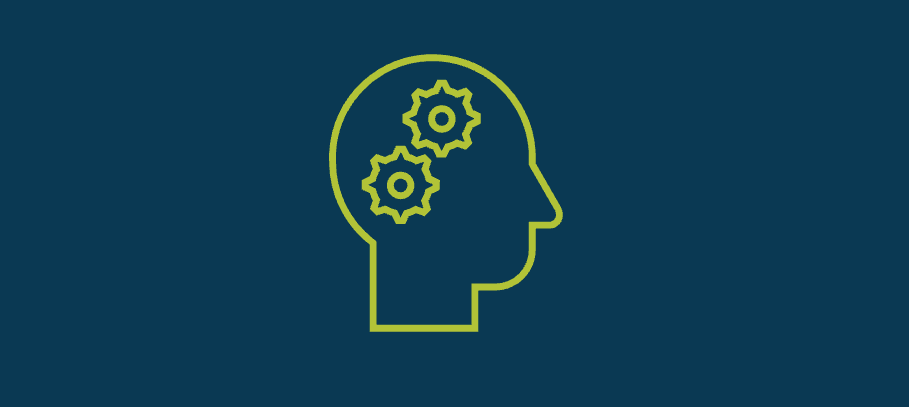The role of machine learning (ML) and artificial intelligence (AI) in materials science and manufacturing is rapidly expanding, transforming how we approach challenges in these fields. While traditional modeling and simulation techniques remain a cornerstone of materials research, ML and AI techniques provide significant potential by allowing for comprehensive data analysis to uncover complex relationships between material composition, process, structure, and properties. This capability enables more precise predictions and insights, streamlining the design of materials and processes for specific applications.
In addition to advancing our understanding of composition-process-structure-property relationships, ML and AI is revolutionizing experimental planning and evaluation. By using data-driven techniques, it is possible to design smarter experiments that minimize resource use while maximizing discovery. Furthermore, ML and AI enables efficient calibration of material models to experimental measurements, offering new opportunities for automated experimental evaluation. This not only accelerates research timelines but also reduces costs and environmental impact.
Generative AI, a powerful tool, further extends these capabilities by introducing innovative approaches for ideation in materials discovery and design as well as in materials manufacturing with unprecedented efficiency. These models not only enhance the innovation pipeline but also provide creative solutions to complex industrial challenges, enabling breakthroughs in materials science and manufacturing.
Through these advanced technologies, we empower organizations to embrace the next generation of materials discovery and design, driving innovation and sustainability across industries.
Materials and Process Design
Composition-process-structure-property linkages play a key role in the development of resilient, high-performance materials. We specialize in utilizing advanced machine learning and optimization methods to optimize materials and processes along this causal chain. Thereby, we leverage the non-unique nature of the optimization problem to identify sets of optimal material microstructures for targeted properties and to guide manufacturing processes to efficiently produce them.
Whether you represent a company or a research organization, we actively seek collaboration partners to adapt our methods to your specific use cases.
Large Language Models and Knowledge Graphs
Large Language Models (LLMs) have emerged as a disruptive technology, ushering in a new era of AI. Similar to semantic technologies, LLMs also offer means for achieving interoperability. However, while LLMs are highly convenient and user-friendly, their internal knowledge representation remains largely inaccessible to humans. This lack of transparency limits the ability to understand and fine-tune the system.
In contrast, ontologies provide a precise and structured framework for encoding knowledge. They enable clear and interpretable representations but come with their own challenges, including significant overhead and limited automation opportunities. As a result, the applicability of ontologies can be constrained by the effort required to create and maintain them.
To address these limitations, researchers worldwide, including our team, are exploring ways to combine the strengths of LLMs and ontologies. By developing new techniques based on Retrieval-Augmented Generation (RAG), we aim to create systems that leverage the benefits of both approaches. Our work highlights that ontologies are not an alternative to LLMs but rather a complementary and enhancing counterpart, enabling more robust and adaptable AI solutions.
 Fraunhofer Institute for Mechanics of Materials IWM
Fraunhofer Institute for Mechanics of Materials IWM